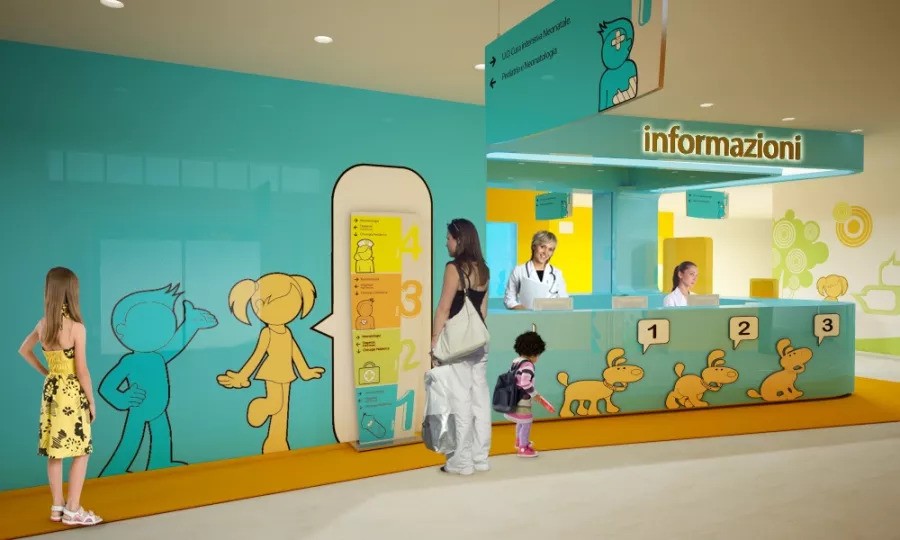Pediatric medicine has seen remarkable advancements over the years, thanks to relentless research efforts aimed at improving the health and well-being of children worldwide. From groundbreaking discoveries in genetics to innovative treatments for childhood illnesses, the journey from research to practice in pediatric medicine has transformed the landscape of healthcare for our youngest patients. In this blog, we’ll explore some of the most significant innovations in pediatric hospital near hyderabad that have emerged from research laboratories and made their way into clinical practice.
- Genomic Medicine: Advancements in genomic medicine have revolutionized our understanding of pediatric diseases, paving the way for personalized treatments tailored to individual genetic profiles. With the advent of technologies like next-generation sequencing, researchers have identified genetic mutations underlying various childhood disorders, from rare genetic syndromes to hereditary cancers. This knowledge not only enables early diagnosis but also informs targeted therapies, improving outcomes for children with genetic conditions.
- Immunotherapy: Immunotherapy has emerged as a promising treatment modality for pediatric cancers, offering new hope for children with previously incurable malignancies. By harnessing the power of the immune system to target cancer cells, therapies such as chimeric antigen receptor (CAR) T-cell therapy have shown remarkable success in treating pediatric leukemias and lymphomas. Through ongoing research efforts, scientists continue to refine immunotherapeutic approaches, expanding their applicability to a broader range of pediatric cancers.
- Precision Medicine: The concept of precision medicine holds immense potential in pediatric healthcare, allowing clinicians to tailor treatments based on individual patient characteristics and disease factors. By integrating clinical data, genetic information, and biomarker profiles, precision medicine approaches aim to optimize therapeutic outcomes while minimizing adverse effects. In conditions such as pediatric asthma and cystic fibrosis, precision medicine strategies enable targeted interventions that address underlying disease mechanisms, leading to improved symptom control and quality of life for affected children.
- Telemedicine and Remote Monitoring: The advent of telemedicine and remote monitoring technologies has transformed the delivery of pediatric healthcare, particularly in underserved communities and rural areas. Through virtual consultations, clinicians can remotely assess and manage a wide range of pediatric conditions, providing timely medical advice and reducing the need for in-person visits. Remote monitoring devices, such as wearable sensors and smartphone applications, enable continuous tracking of vital signs and disease parameters, empowering families to actively participate in their child’s care while facilitating early intervention when necessary.
- Gene Editing and Gene Therapy: Recent advancements in gene editing technologies, such as CRISPR-Cas9, offer unprecedented opportunities for the treatment of genetic disorders in pediatric patients. By precisely modifying disease-causing genetic mutations, researchers aim to correct underlying molecular defects and restore normal cellular function. Gene therapy approaches, including viral vector delivery systems, hold promise for the treatment of conditions like muscular dystrophy, sickle cell disease, and spinal muscular atrophy, offering the potential for long-term therapeutic benefits and even cures in some cases.
Conclusion: The journey from research to practice in pediatric medicine represents a collaborative effort involving scientists, clinicians, and healthcare stakeholders dedicated to improving the lives of children worldwide.
